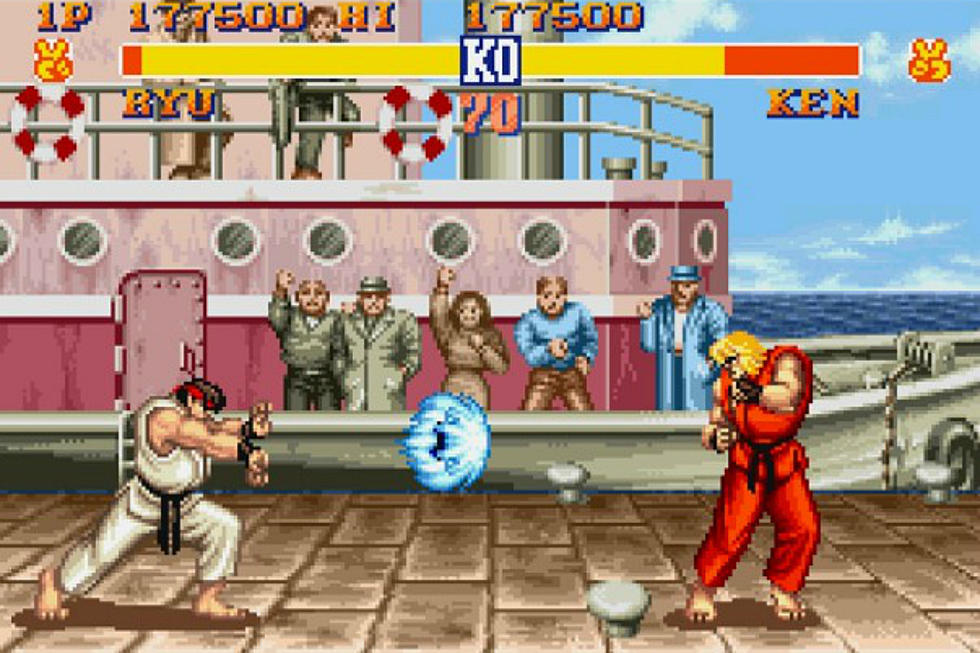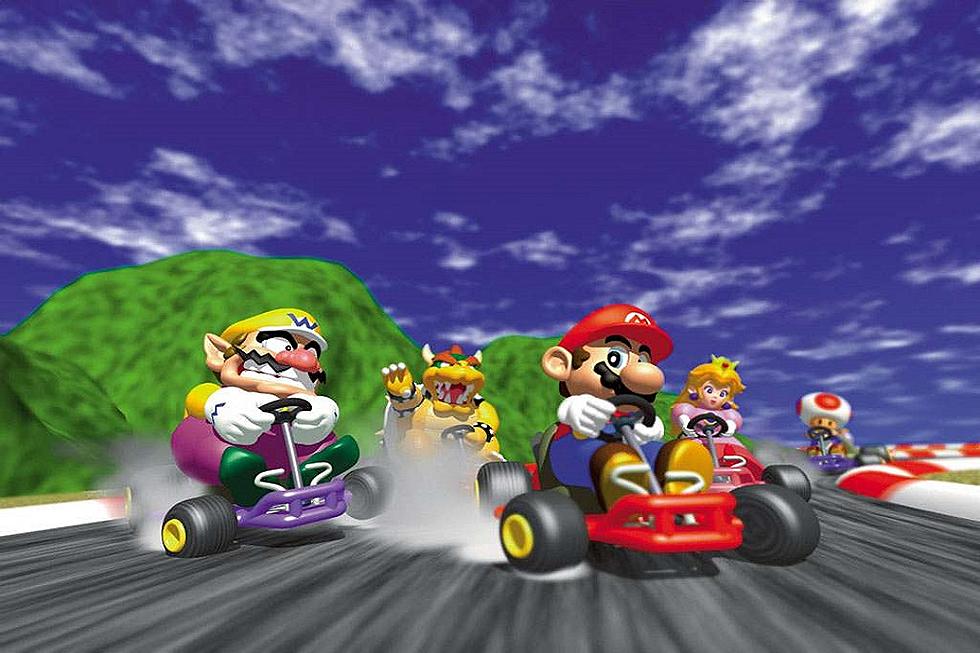
Down-Right Fierce: Street Fighter II Turns 25
After countless quarters eaten and far too many re-releases, we're celebrating the release of the original version of Street Fighter II across arcades in North America. That's right, Street Fighter II has officially turned 25—let that sink in for minute. Sure, Street Fighter II Turbo, Championship Edition, Super, and all the other versions of the game have their own subsequent anniversaries to come as well, but this is the anniversary of the one that matters the most. Let's not act surprised at how many times Capcom re-released Street Fighter IV when the company has been doing this from the get-go. More importantly, let's look at the monumental influence Street Fighter II had, as it basically introduced the fighting game genre to the masses when it started spawning crowds around its arcade cabinets in the '90s.
The big question everyone has about this game is, "what happened to Street Fighter I? Did Capcom skip it? The original Street Fighter was also an arcade fighting game that first hit in 1987. You played as Ryu, who'd fight in a series of 1v1 matches against AI-controlled opponents or, if a second player joins in, Ryu's rival Ken. Surprisingly, you fought Gen, Birdie, Adon, and Sagat in the game, who'd all go on to return in future entries of the series.
When it came to developing the sequel, Capcom wanted to revamp the arcade experience and make it more competitive. Unfortunately, Capcom's team admits that Street Fighter II's roster wasn't particularly geared towards being balanced (which wouldn't happen until later builds of the game). Instead, Capcom focused on making the game fun to play and aesthetically pleasing when compared to most other arcade titles at the time. An ironic thing about SFII is that the ability to combo in additional hits before being knocked away from your opponent was originally a glitch—Street Fighter II's combos were an accident.
Street Fighter II carried a lot of things over from the original game, including its best-of-three match format. Ryu and Ken tend to be the two most popular choices of the game's original eight playable characters. In single-player mode, you'd fight random members of the roster until you had to take on the game's boss characters of Balrog, Vega, Sagat, and M. Bison. Let's address the original Japanese nomenclature for a second. M. Bison was originally named Vega, Vega was originally named Balrog, and Balrog was originally named M. Bison (short for Mike Bison). Capcom changed the names for the North American release in order to avoid any similarities to boxing champion Mike Tyson.
Street Fighter II was unlike anything gamers had ever seen or played prior to its 1991 release. Its fighting, animation, and controls were smooth and resulted in some break-neck competitions. Over 60,000 arcade cabinets were sold of the original version of Street Fighter II alone. That's not including Super Street Fighter II and the like. In terms of home versions, we saw Street Fighter II: The World Warrior, Street Fighter II: Championship Edition, Street Fighter II Turbo, Super Street Fighter II, Super Street Fighter II Turbo, and Super Street Fighter II Turbo HD Remix. Street Fighter has become Capcom's bread and butter money maker, after pretty much spawning the fighting game scene after it. The 1991 classic's popularity resulted in a Hollywood movie, an animated cartoon series, and even a series of GI Joe-style action figures. The game still has tournaments going on to this very day. Street Fighter II has seen lots of rivals and even copycats come and go over the years, but it's still the foundation and standard to which all other fighting games are measured—and it all started with two guys duking it out in front of a skyscraper.
More From Arcade Sushi

![It’s a Monster Hunter World, We’re Just Living In It [Preview]](http://townsquare.media/site/550/files/2017/06/monster-hunter-world.jpg?w=980&q=75)
![Marvel vs Capcom Infinite Just Got a Whole Lot Easier to Enjoy [Preview]](http://townsquare.media/site/550/files/2017/06/mvcinfinite.jpg?w=980&q=75)




![The Nintendo Switch’s Initial Library Preaches Quality over Quantity [Preview]](http://townsquare.media/site/550/files/2017/01/switch-preview-4.jpg?w=980&q=75)

